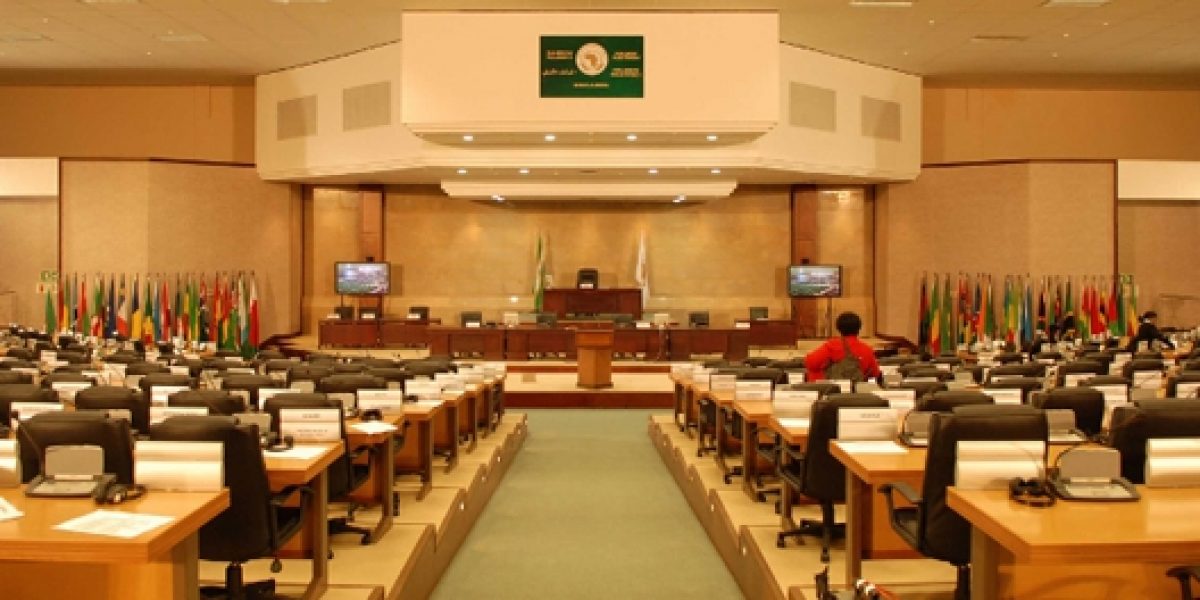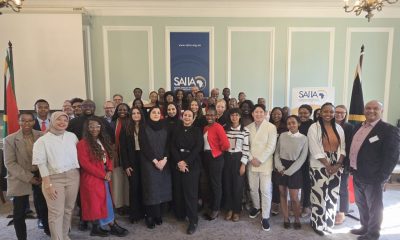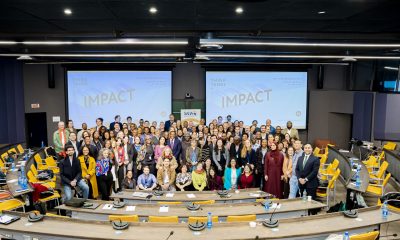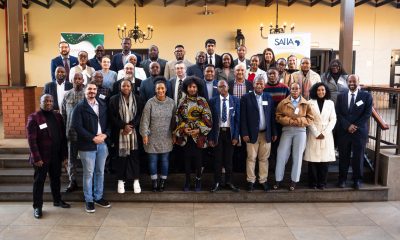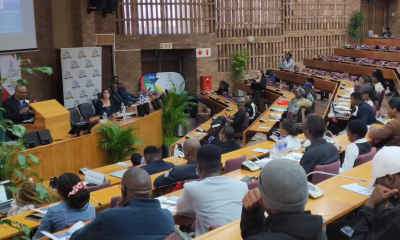This represents a crucial step forward for governance in Africa.
African governance institutions need to develop deeper linkages with each other to achieve greater synergies. While steps to accomplish this are being taken through the emerging African Governance Architecture, progress is already evident through bilateral engagement.
The continent’s legislature, the Pan-African Parliament (PAP), and Africa’s home-grown governance review and improvement tool, the African Peer Review Mechanism (APRM), started forging deeper ties in August 2014, with technical assistance from SAIIA and the African Regional Office of the Open Society Foundations.
Click here to visit SAIIA’s APRM Toolkit, a comprehensive repository of APRM knowledge for continental practitioners, civil society members, academics, students, journalists and donors.
What began as a series of workshops and meetings culminated in the formation of the Pan African Parliament African Peer Review Mechanism Network (PAN). Just over one year since the start of the project, four APRM Country Review Reports were tabled at the PAP Plenary Session on 7 October 2015. APRM Panel of Eminent Persons Members Brigitte Mabandla (South Africa) and Joseph Tsang Man Kin (Mauritius) presented the cross-cutting issues, best practices and governance challenges identified in Algeria (2007), Burkina Faso (2008), Uganda (2009) and Lesotho (2010).
The plan is to present all 17 of the APRM reports released so far at PAP Plenary Sessions by 2017.
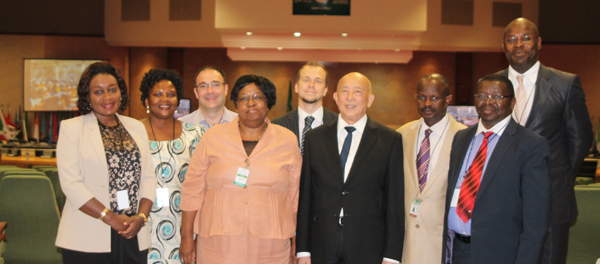
The APRM was established to spur governance reforms in Africa. It is hoped that debating these issues at the PAP will increase the APRM’s profile both nationally and continentally. Members of Parliament noted that the APRM reports provide important data on the status of the countries, which would help to improve the policy dialogue at PAP. Yet they also noted that the reports were out of date and overtaken by events – for instance taking into account the situation in North Africa following the Arab Spring. The late tabling of the reports illustrates that relations between the APRM and the PAP were not optimal, until now.
Once MPs travel back to their respective countries, they will be able to continue the debate in their national parliaments. While the APRM has a lot of potential to promote positive change, the mechanism has been losing steam in the past few years. SAIIA hopes that the newly established relationship between the two continental bodies will help to #ReviveAPRM going forward.
The APRM Secretariat’s press release on the meeting between the Chairperson of the APR Panel of Eminent Persons, Dr Mustapha Mekideche, and the President of Pan African Parliament (PAP), Honourable Roger Nkodo Dang, to deliberate on ways and means of strengthening the co-operation between the two institutions of the African Union.
The Communique issued at the end of the 73rd meeting of the APRM Panel, which discusses the Pan African Parliament APRM Network.


